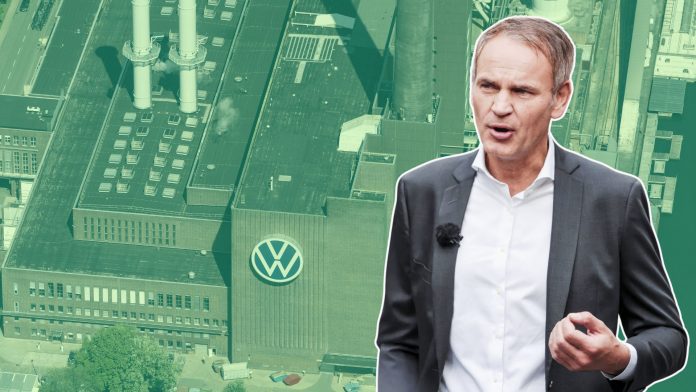This morning, Volkswagen (VW) workers initiated walkouts at nine German sites, marking the second protest this month as union leaders and management face off over the automaker’s cost-cutting plans.
The strike follows an escalation in tensions between VW and the IG Metall union, which represents the workers. It comes just as the two sides were scheduled to begin their fourth round of negotiations in Wolfsburg.
In addition, the walkouts involved thousands of workers gathering in the rain at VW factory grounds, which directly responded to the company’s proposals to close factories and lay off thousands of employees. These so-called “warning strikes” lasted for four hours, up from the two-hour protests earlier this month. Thorsten Groeger, chief negotiator for IG Metall, threatened further escalation if management does not move closer to the union’s position, with the possibility of more intense actions, including 24-hour or even open-ended strikes, after the holidays.
VW’s Cost-Cutting Measures and Pressure on Management
The strikes are a reaction to VW’s plan to reduce overcapacity and factory costs as part of a larger effort to make the company more competitive. The automaker aims to address a $4.2 billion gap in its €12 billion savings program for its core VW brand, which is part of a broader €17 billion performance program that spans the entire VW group, including light commercial vehicles and components.
Management, led by group CEO Oliver Blume, has emphasized the need for these cost cuts to sustain VW’s operations in a highly competitive and rapidly changing automotive market. The company is dealing with rising operational costs, declining demand for EVs, and increased competition from Chinese automakers.
Economic Impact of Strikes
The ongoing labor unrest is proving costly for VW. A two-hour production halt at four assembly lines at the company’s main plant in Wolfsburg resulted in a loss of approximately 400 to 600 vehicles. These disruptions further pressure the company’s already strained finances, which are affected by internal cost-cutting efforts and external market challenges.
Moreover, VW’s corporate structure, which gives employees a strong voice in decision-making, complicates management’s ability to implement these cost-saving measures. Employees occupy half of the seats on the company’s supervisory board, and VW’s home state of Lower Saxony holds two additional seats. This unique governance structure has made it difficult for management to push through controversial plans without significant resistance from labor representatives.
As negotiations continue, the threat of further industrial action looms large. The IG Metall union has clarified that it will not back down on demands to protect workers from wage cuts and plant closures. The stakes are high for VW, as it seeks to navigate the challenges of adapting to the evolving automotive landscape while keeping its workforce on board. The outcome of these negotiations will have significant implications not only for VW’s future operations but also for the broader German automotive industry, which is facing similar pressures from labor unions and competition in the global market.




